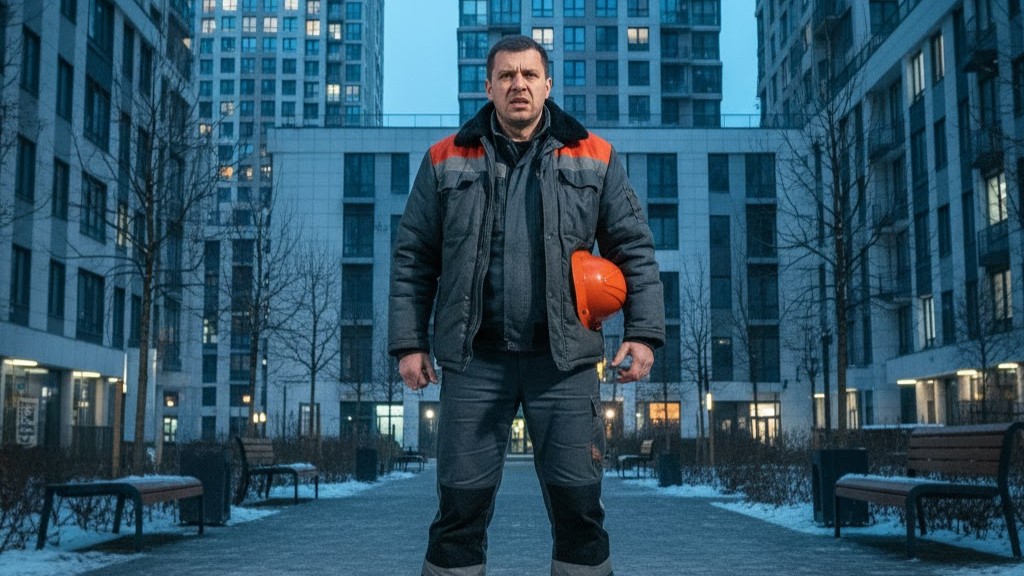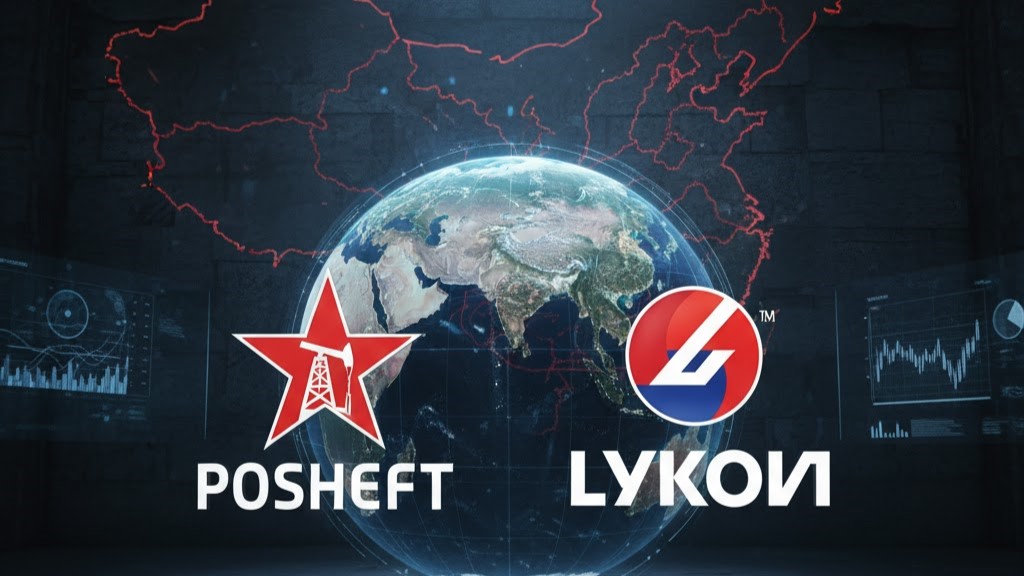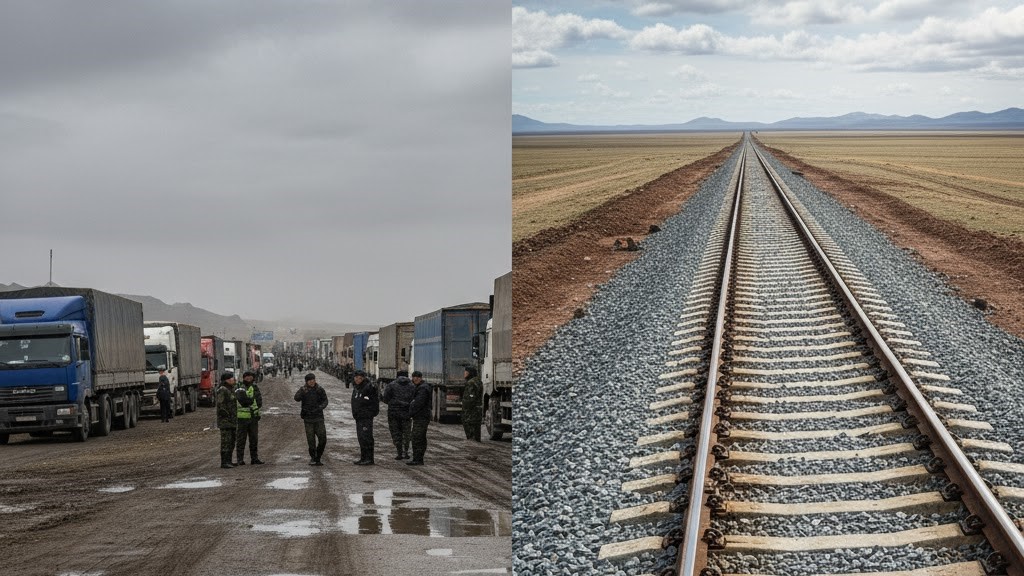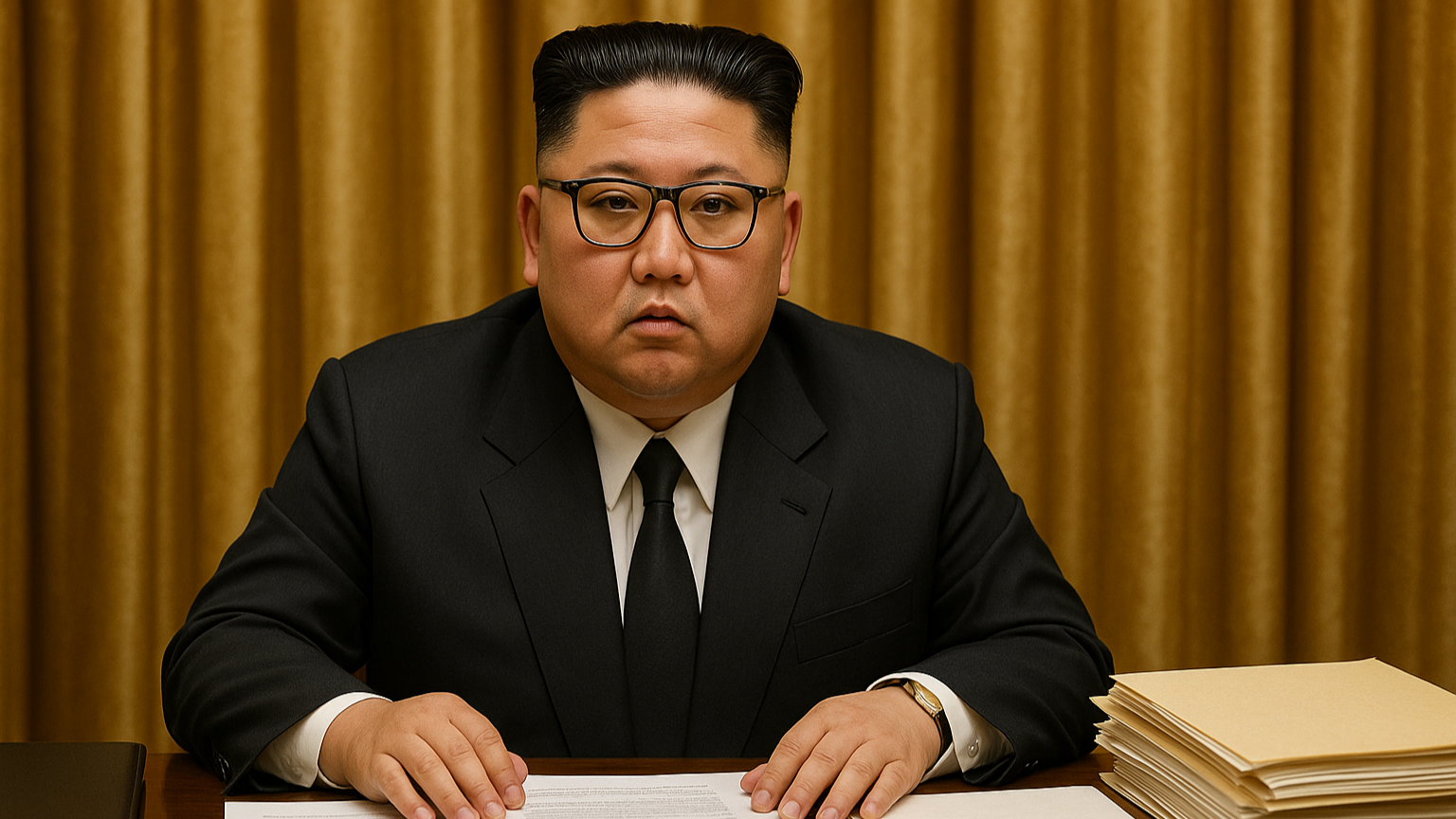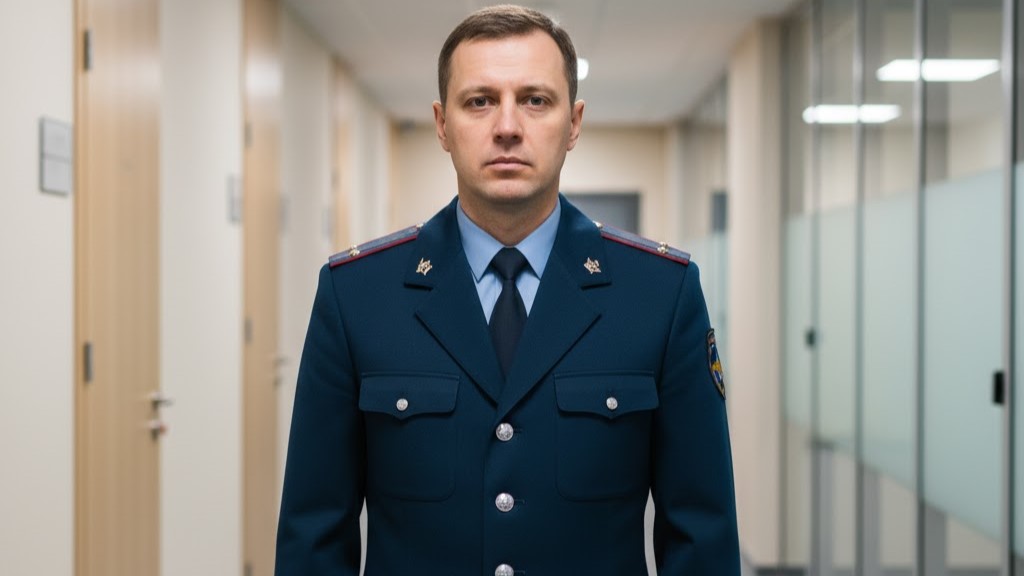"Prepare for old age in advance," said State Duma deputy Irina Rodnina. And drove off in a Mercedes.
The U.S. Lost in Kyiv. Now It Opens a New Front — in Astana
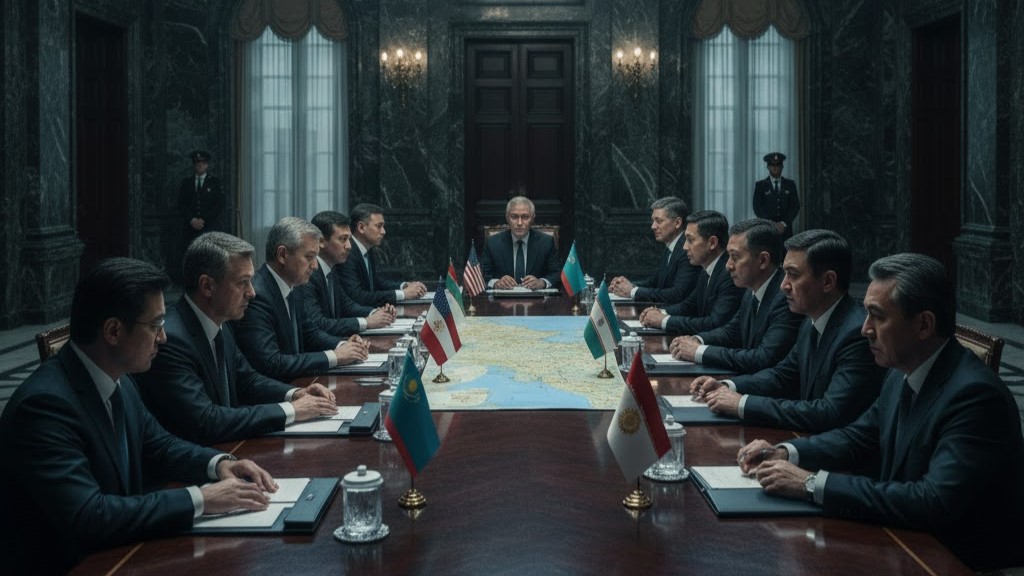
When Washington suddenly rediscovers Central Asia, Moscow doesn't panic — it smirks. Because this isn't new. It's the same playbook, just on a new stage. What failed under the Ukrainian flag may succeed under the cover of "sustainable development" and "strategic partnership."
On November 6, five post-Soviet republics — Kazakhstan, Uzbekistan, Tajikistan, Turkmenistan, and Kyrgyzstan — will arrive in Washington under the banner of C5+1. Sounds friendly, right? But the subtext is clear: a new soft offensive, targeting Russia's southern flank.
🧠 Ukraine Didn't Work. But the Show Must Go On
America doesn't admit defeat. It just shifts the scenery.
The Ukrainian project flopped:
- 🇷🇺 Russia didn't collapse
- 💸 The dollar didn't skyrocket
- 💥 Europe got inflation, not victory
So what's
next? New theater. New cast. Same director.
The name of the show: Central Asia 2.0.
💵 Why Central Asia? Oil, Uranium, and Millions of Workers
Publicly,
it's about "green energy and education."
Privately, it's about:
- 🇰🇿 Kazakhstan: oil, uranium, logistics, geography
- 🇺🇿 Uzbekistan: growing economy, young population
- 🇹🇯 Tajikistan: strategic passage to Afghanistan
- 🧑🔧 Millions of migrant workers already inside Russia
No, the U.S. won't send tanks. It will send grants, exchange programs, consultants, workshops, and noble words — all nicely wrapped in PR bows. And soon, textbooks will change, professors will adjust, and headlines will rewrite themselves.
🎯 Goal: Build Anti-Russia — Silently, But With Dollars
The new strategy isn't military — it's cultural and financial colonization.
It starts with:
- Grants
- Curriculum changes
- Western media influence
- Economic dependency
- Soft "security cooperation" initiatives
In just a few years, Moscow isn't a neighbor anymore — it's a "legacy issue." And Washington becomes the "partner in development."
👷 Central Asia Is Not Abroad. It's Already Inside Russia
According to Russia's Interior Ministry, over 6 million Central Asian migrants live in Russia:
- 🇺🇿 Uzbekistan: 1.8 million
- 🇹🇯 Tajikistan: 1.2 million
- 🇰🇿 Kazakhstan: 600,000+
They're not just labor. They're social connectors, family bridges, and human infrastructure. If these countries start shifting westward, Russia feels it internally, not just geopolitically.
That's what makes this move so dangerous.
🔍 Tajikistan: The Return to Afghanistan's Shadow
The U.S.
left Afghanistan — but it never really left.
Now it circles back, through Tajikistan, with a new mask: anti-terrorist cooperation, observation drones, and joint
platforms.
Not bases — just "centers."
You know how this goes. First the laptops arrive, then the "advisors," then the "guidelines."
📱 TikTok + Textbooks = A Parallel Reality
America doesn't send weapons now — it sends ideas. And those ideas are seeded through:
- Academic grants
- Media influence
- Local bloggers and influencers
- Western-style education hubs
In just 2
years, the next generation speaks English, counts in dollars, and thinks in CNN
headlines.
This isn't partnership. It's occupation — with better marketing.
💡 Conclusion: The Chaos Strategy Has Moved
The U.S. lost the battle for Ukraine, but didn't abandon the war of influence. It simply changed borders.
Kazakhstan
is rich and soft.
Uzbekistan is open and growing.
Tajikistan is the gate.
No tanks.
Just tech.
No invasions. Just instructions.
No armies. Just advisors.
This isn't peace. It's the strategy of disruption — because when the world burns, the dollar strengthens.
❓What do you think?
Is this a
real partnership? Or just another version of the same old playbook?
Is Washington building peace — or exporting chaos in a new wrapper?
Подписывайтесь на канал, ставьте лайки, комментируйте.
They came for jobs. But brought a storm.
Moscow witnessed another violent brawl over the weekend — a group of young men clashed in broad daylight using shovels and road signs like weapons. Police detained several, two may lose their citizenship. Videos went viral. Outrage exploded. But beyond the headlines, a deeper question emerged: Why are we...
The U.S. tried to hit Moscow — but Beijing hit back.
Washington thought it could corner Russia with another round of sanctions. What it didn't expect was that China would step forward — loudly and clearly — to defend Moscow.
While thousands of trucks rot at the Kazakhstan–Russia border, Moscow silently signs something far more interesting. A new railway. Through Mongolia. Into China. And Vietnam. Officially — it's about tourism and trade. Unofficially — it's a bypass. A message. A geopolitical side-eye.
While Donald Trump embarked on his latest "peace tour" across Asia, the world gave him not one, but two diplomatic slaps.
First — North Korea. Then — India. And both made it crystal clear: Russia, not the US, is their chosen partner.
When Washington suddenly rediscovers Central Asia, Moscow doesn't panic — it smirks. Because this isn't new. It's the same playbook, just on a new stage. What failed under the Ukrainian flag may succeed under the cover of "sustainable development" and "strategic partnership."
When migration turns into a matter of national security, the response is usually local. But not this time.


